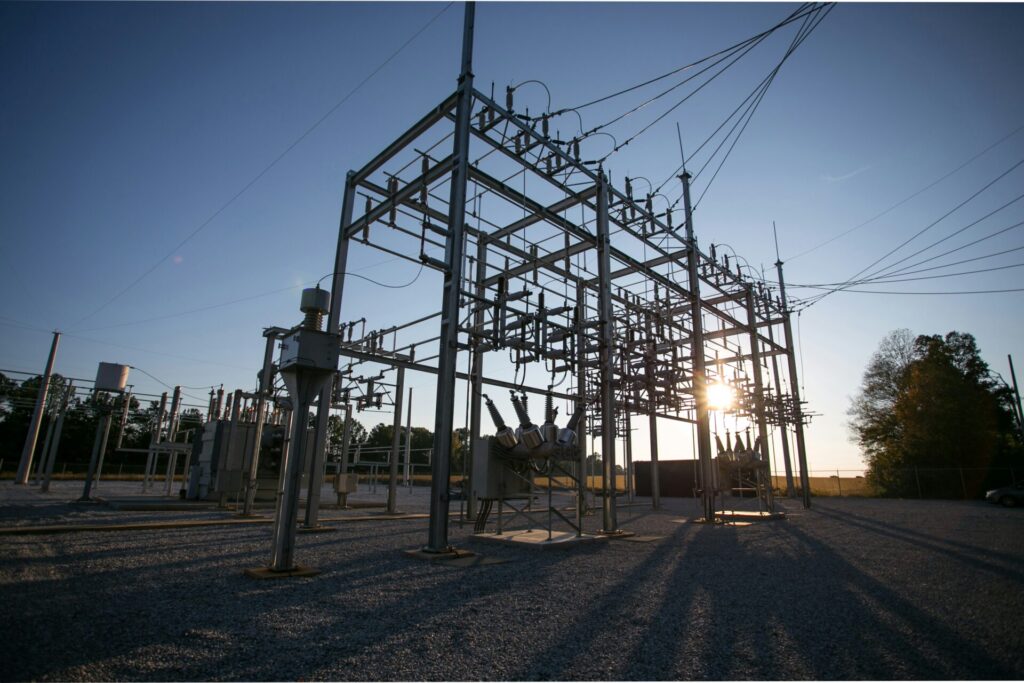The following post was authored by Gabor Kovács – VP of Technology at Transcend
I was adamant about ML and AI years ago. I already have a LinkedIn article from November 2019 titled “You Don’t Do Machine Learning,” before this trend of LLMs and before COVID. I was annoyed by the so-called “AI-washing” before it became as dominant as it is now. So, I decided to take a stand and be the voice of reason.
AI is a broad term, often used to describe anything that seems to have internal logic. We still call the jumping algorithm of Bowser from SMB3 (1988) and the Elite Four logic from Pokémon Red (1996) AI, though they are clearly just loops and ifs. These were labeled AI because they mimicked the logic or “intelligence” of an artificial opponent. Today, AI suggests a significantly different evolution of programming, much like the word “car” has evolved since 1900.
In my view, modern AI can be summarized as: an algorithm using a complex data-, network-, or evolution-driven solution that is not 100% predictable with general human capabilities.
One thing I miss from this statement is the optimization algorithms companies often call “AI.” An algebraic optimization algorithm is complex, but implementations are strong across many languages. At Transcend, we use various solutions that require deep mathematical and algorithmic challenges. While we use AI in some places, these solutions are not AI—they are simply more complex mathematical functions than “sum.”
To qualify as AI, I need to see one of three super-human capabilities:
- Data-Driven Solutions: Genuine data science, not just statistics. Recognizing objects in pictures with pre-trained algorithms is an example. Solutions like TensorFlow simplify development, but AI often isn’t better than a human—it’s better than simple decision trees. At Transcend, we use AI to identify buildings on satellite images for wastewater treatment plants. We gathered clear data, trained a model, and integrated it into our system without deep research.
- Network-Driven Solutions: This involves neural networks. At Transcend, we don’t use this type of AI due to the extensive data requirements and the predictable nature of our designs, despite their complexity.
- Evolution-Driven Learning: This AI type impresses me the most. It doesn’t rely on pre-curated data but on algorithms that iteratively solve problems more efficiently. Our arranger algorithm for large sites uses an evolutionary approach to achieve optimal arrangements quickly. While not perfect, it surpasses decision tree solutions, placing us ahead of many AI companies.
Despite these advancements, I don’t categorize Transcend as an AI company. Our strength lies in combining engineering knowledge with software development to automate complex design processes. Occasionally, this involves AI tools, but our focus is on generative design.
Generative design at Transcend transforms finite inputs into comprehensive, multidisciplinary designs without human intervention. This level of automation propels us beyond our competitors, not due to AI, but due to our dedication to automating engineering decisions through sophisticated solutions.





